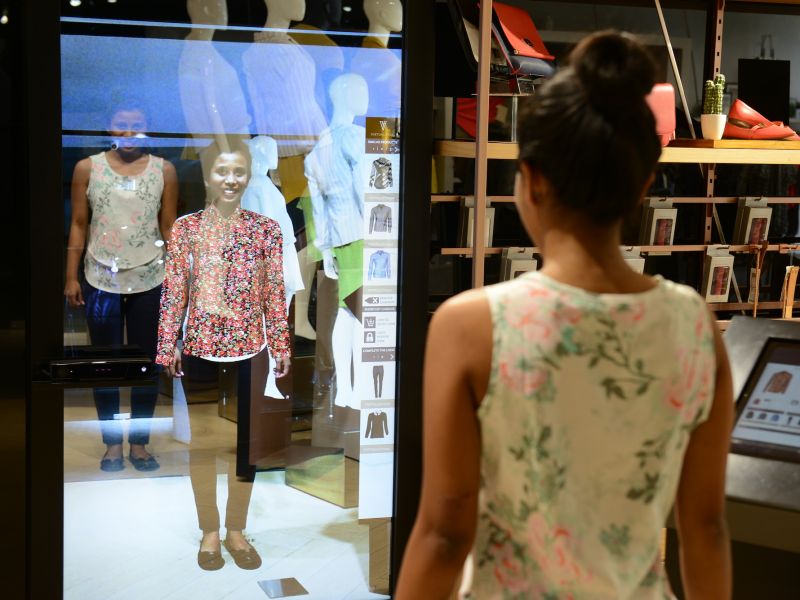- Shopping has changed a lot in the last 10 years.
- The rise and Amazon and e-commerce are just a few factors that have forced traditional retailers to change the way they function.
- From virtual and augmented reality and technological improvements to new e-commerce channels, here are six major ways shopping has changed in the last decade.
- Sign up for Business Insider’s retail newsletter, The Drive-Thru, to get more stories like this in your inbox.
- Visit Business Insider’s homepage for more stories.
Shopping is different today than it was 10 years ago.
In the last decade, shopping has gone through a serious evolution that was in no small way impacted by the rise of e-commerce, Amazon, and augmented and virtual reality, as well as the decline of the department store.
“E-commerce giant Amazon got one component right of the shopping experience – they focused on access, ease and convenience when customers wanted it,” Leesa Wytock, the group director of experience at global brand strategy firm Siegel+Gale, told Business Insider in an email.
The Amazon threat is just one of the factors spurring this shopping evolution. With the retail apocalypse ripping through the US, more than 9,100 stores are expected to close in 2019. Malls across the country are dying as department stores like Macy’s and Sears, once important anchors for mall foot traffic, are closing down for good.
Stores and brands are being propelled into a new era of shopping, one where brick-and-mortar stores must adapt to survive.
Business Insider consulted with Wytock and Brian Byer, the vice president and general manager of Blue Fountain Media, to find the six biggest changes to shopping in the last decade.
Here's what they said:
1. Malls have been dying.

Mass store closures are crippling shopping centers. More than 9,100 stores are expected to close in 2019.
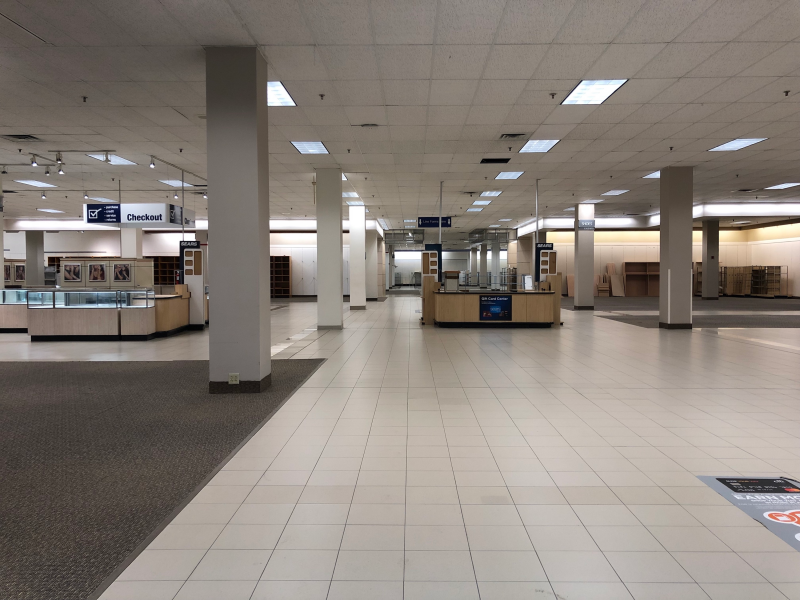
Source: Business Insider
Between 20% to 25% of malls will close by 2022, according to a report done by Credit Suisse in 2017.
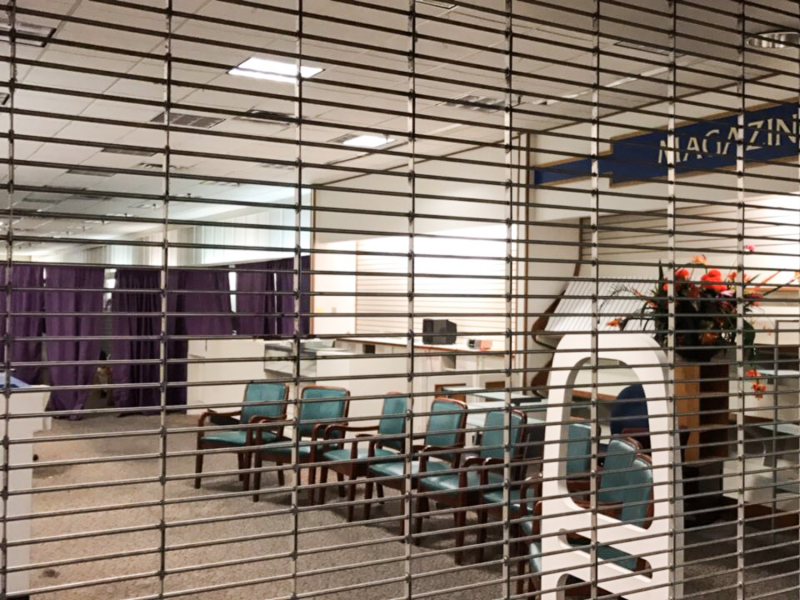
Source: Business Insider, Business Insider
2. Online shopping has taken off.
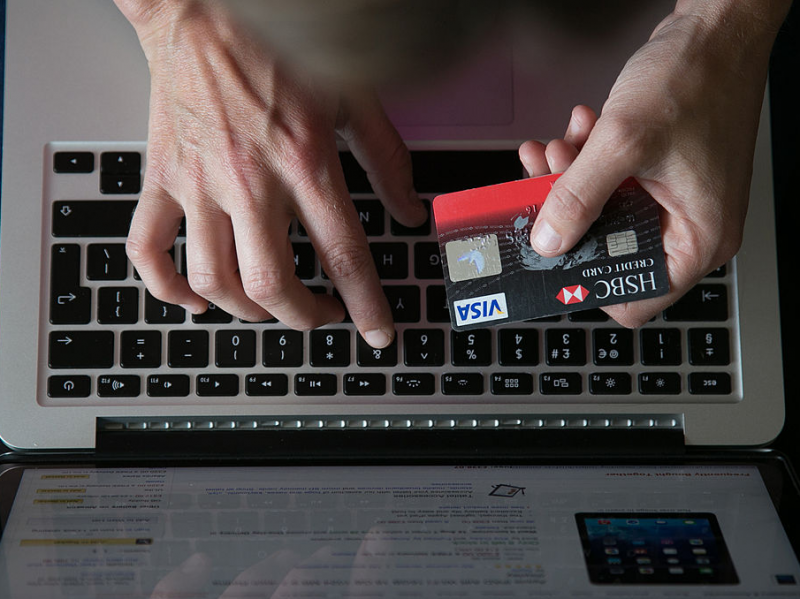
Online shopping overtook general merchandise sales (including department store sales) for the first time ever in February, according to the US Census Bureau.

Source: Business Insider
Major companies like Target and Walmart rely on online channels in addition to in-store sales.
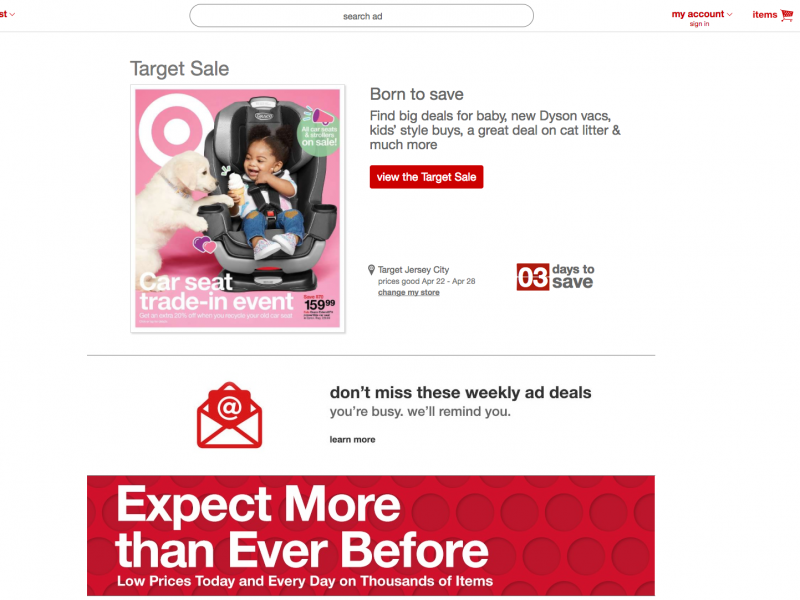
And companies that have failed to understand online channels for growth have suffered because of it.
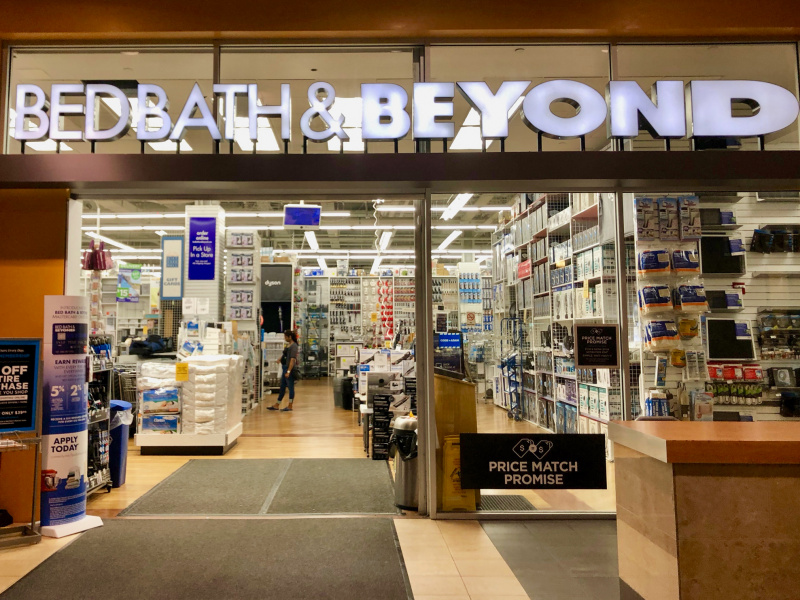
Bed Bath & Beyond, for example, has been accused of failing to adapt to compete with online sellers.
3. The growth of Amazon has forced companies to adapt.
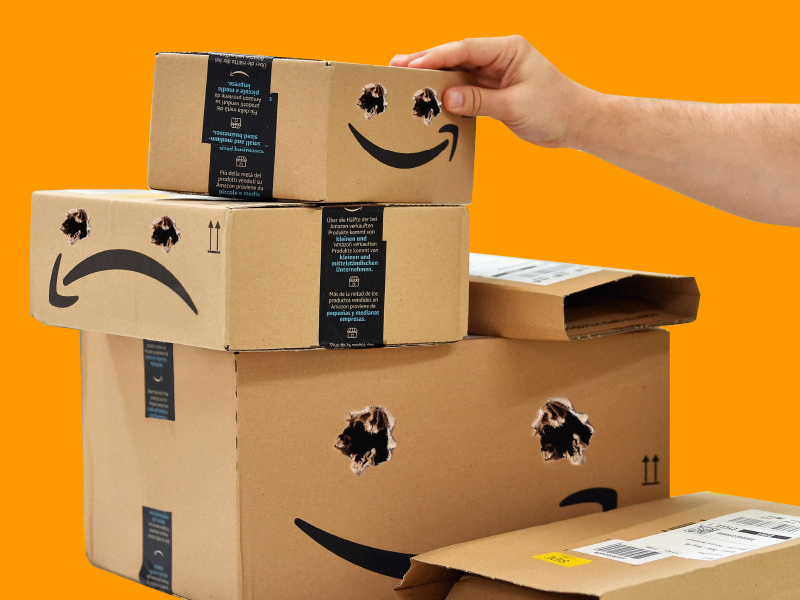
"E-commerce giant Amazon got one component right of the shopping experience — they focused on access, ease and convenience when customers wanted it," Wytock said.
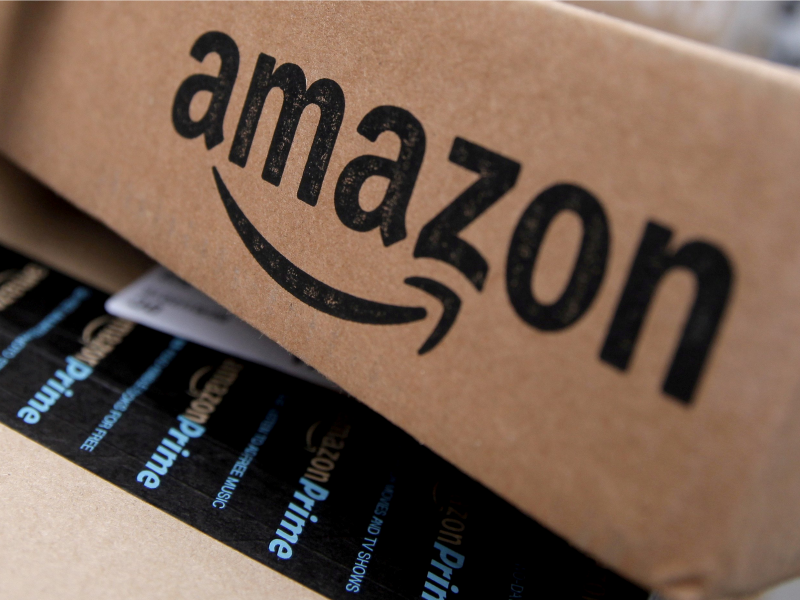
Retailers have utilized different tactics to compete. Kohl's announced a partnership with Amazon in 2017 to accept returns for the e-commerce giant in its stores, a move that boosted traffic nearly 24% in the three weeks after the partnership began, data from inMarket revealed.
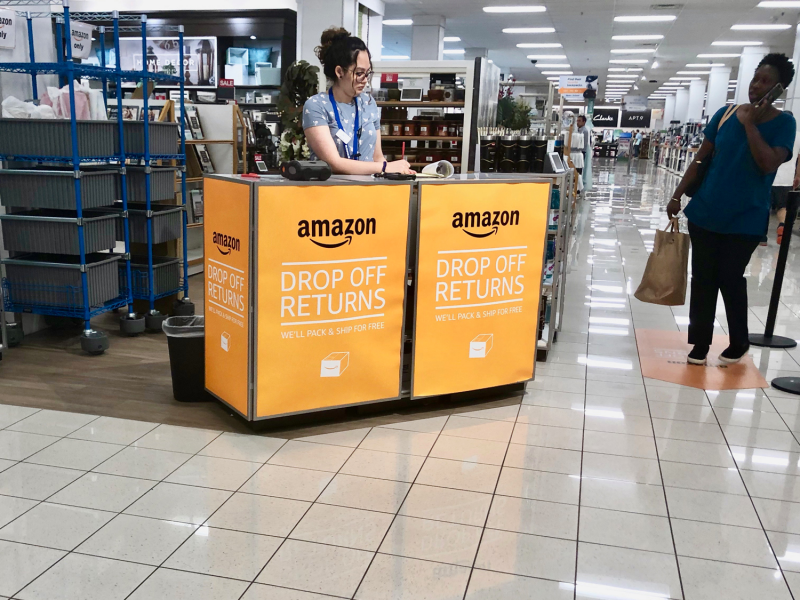
"The move aimed to lure more people to Kohl's locations and give Amazon a physical presence to simplify the return process," Wytock said.
Source: Business Insider
4. The shipping wars have intensified.
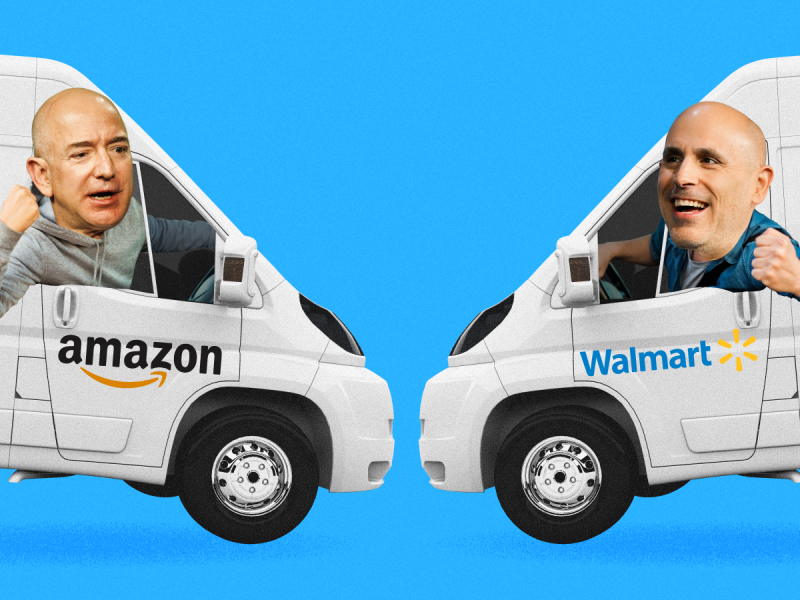
Amazon said in April that it would cut its Prime two-day shipping guarantee to just one day.
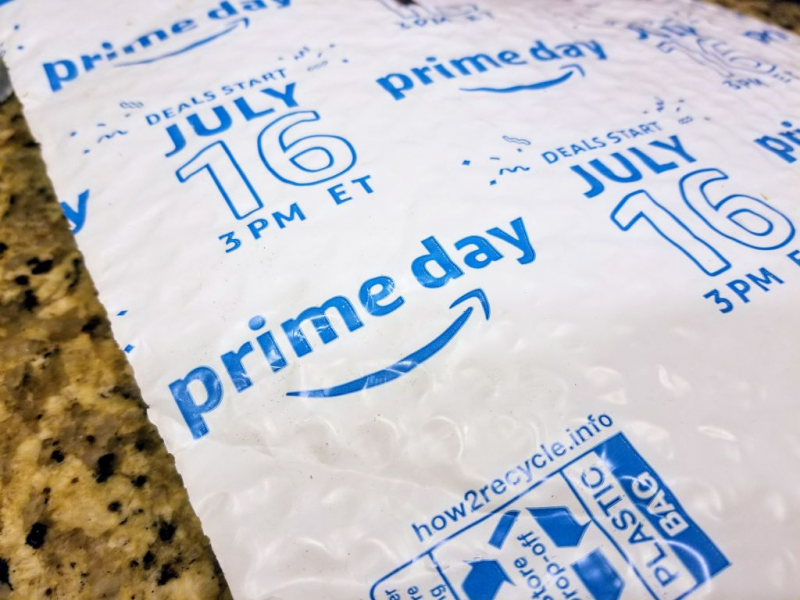
Source: Business Insider
Walmart said in May that it would launch free, next-day shipping on orders costing at least $35.

Source: Business Insider
Other companies like Target have instituted similar programs to cut delivery time.
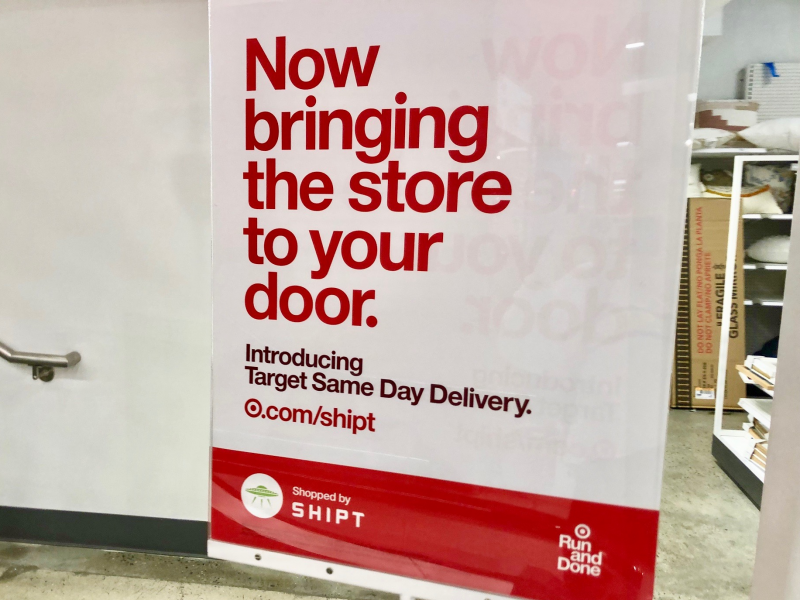
Source: Target
5. Buy online, pick up in store — or BOPIS — is growing.
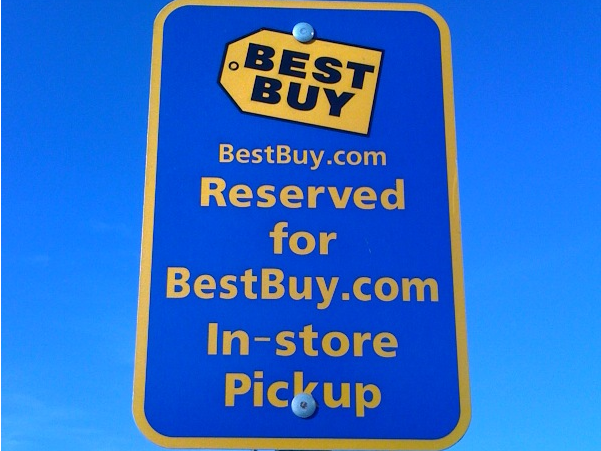
This option helps customers avoid shipping costs, as shoppers can order online and then pick up items from designated locations in stores. Kohl's, for example, has lockers in some of its stores designated for this program.
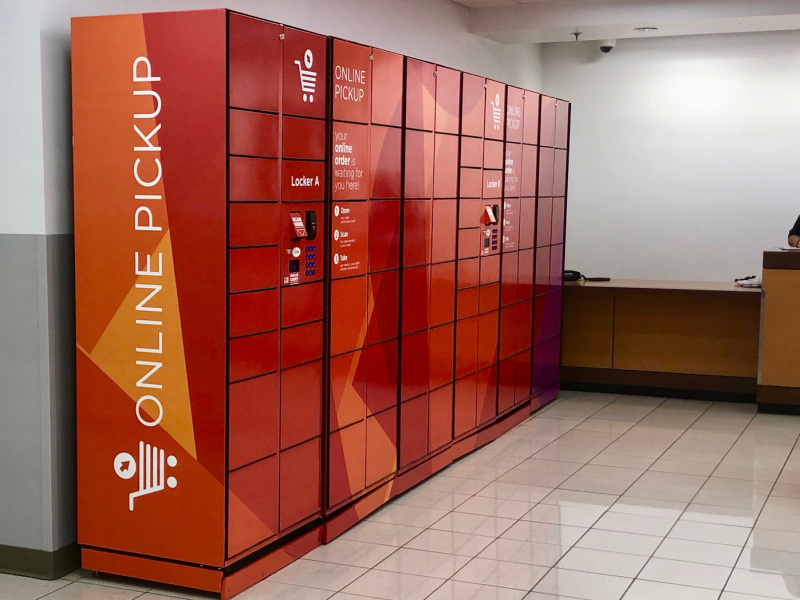
Source: Kohl's
"For many consumers, free same-day pickup or drive-up service is more convenient than shopping," Wytock said.

6. Experiential elements are challenging the relevancy of brick-and-mortar stores.
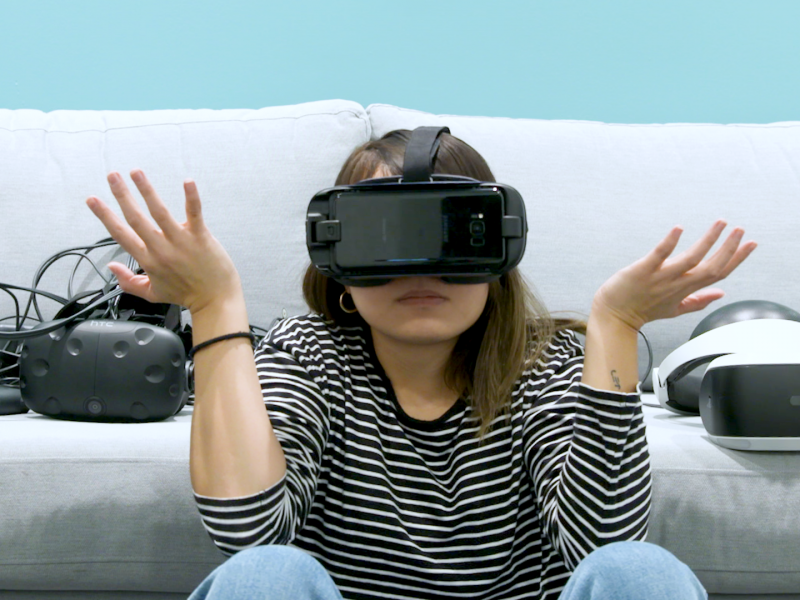
Virtual or augmented reality apps and dressing rooms are a recent and massive advancement in shopping.

Source: Business Insider
"The ability to see how something looks on you, be it a cashmere sweater or a shade of eye shadow, was a competitive advantage brick-and-mortars had, until improvements like VR dressing rooms and customer service chatbots started embracing those missing functions," Byer said.
